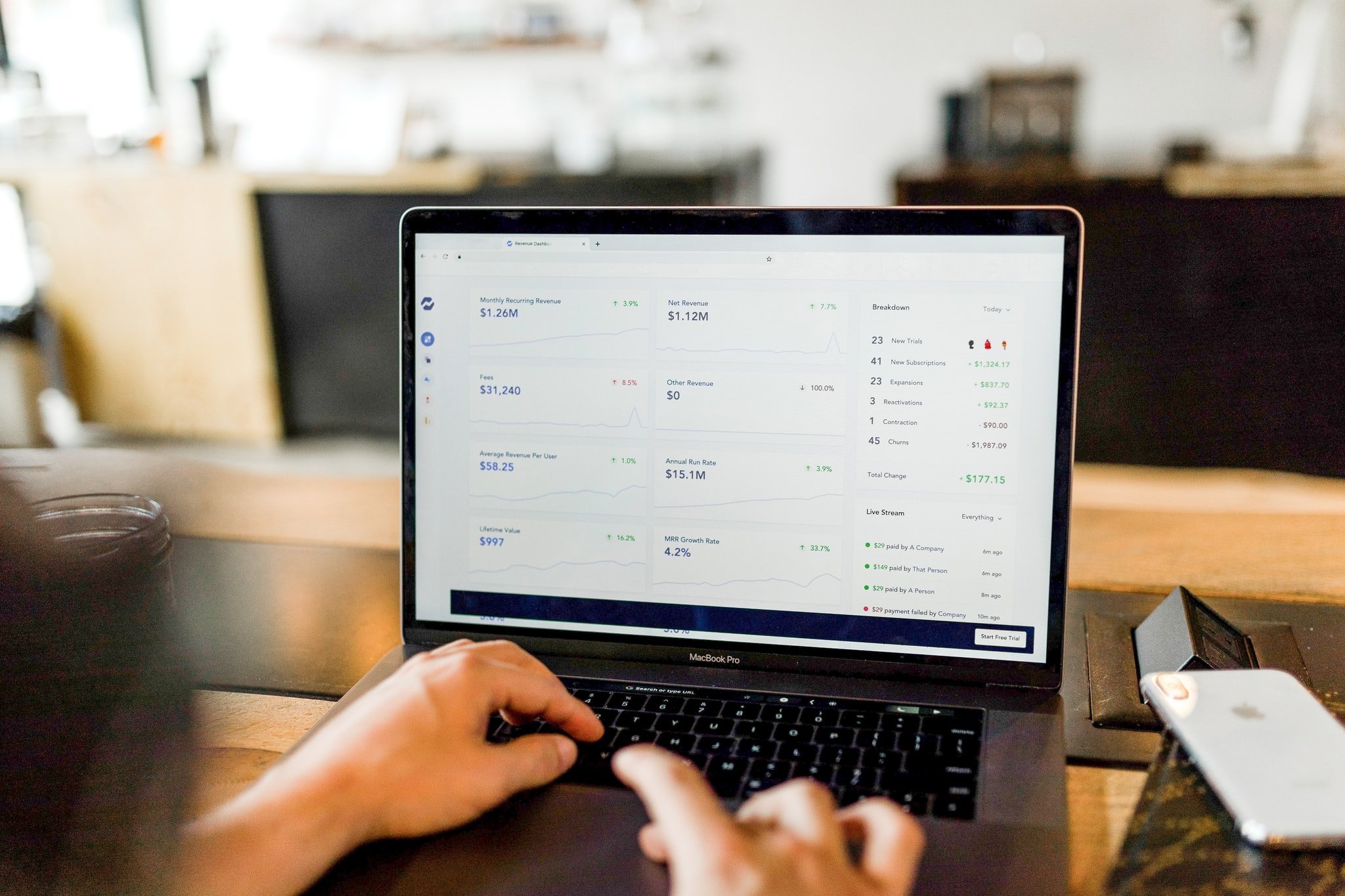We all know just how effective solo ads can be for those products or services with a broad market appeal, such as
- Health and Wellness
- Dieting
- Personal Development
- Cosmetics and Personal Care
- Household Goods and Durables
- Clothing and Accessories
- Forex Trading
- Crypto
- Internet Marketing
But how confident can you be that the solo ads you’re buying will deliver the traffic and the outstanding results you need to grow your online business successfully?
To help you, understand we’ve put together an insight into how to use solo ads, how to maximise their results, and what to look for when dealing with solo ad sellers.
Should you buy solo ads?
You’ve decided your products and services are excellent, your website is top-notch, and all you need now is some traffic, so the next question is, should you buy solo ads as part of your marketing campaign?
Well, while the idea of emailing thousands and thousands of people might sound like a good idea on the surface, there are some key questions you need to ask yourself, starting with;
What should you expect when dealing with a solo ad vendor? Solo ad vendors have a bit of a bad rep; they are not all bad; they’re some excellent market providers. So when dealing with them, you need to make sure you’re happy with the following;
- They stand behind their traffic.
- They understand your market and can add value to your business.
- They’re responsive and easy to work alongside.
- You trust them, and you feel comfortable working with them.
How active is the list your looking to buy, and has the owner exploited the list so often that now the open rates are pretty sorrowful? If you’re dealing with a solo ads vendor who fires out emails daily for anything and anyone, chances are the potential engagement within that list is going to be pretty low.
So out of the many people on the list, only a small number will be paying any attention to emails coming from that particular sender. In reality, you’re not going to be reaching thousands of people – but just a fraction of what was promised.
Are you confident that the list contains prospects that match your target audience? If the list is not targeted or related to your audience, there’s every chance they won’t be interested in what your email has to say.
Have you put any proper testing and tracking in place? You need to be set-up to test and track these initiatives to ensure you’re getting what you are paying.
What does your return on investment looks like to make this all worthwhile? You must be clear in knowing what you need to achieve to ensure you don’t lose more than you invest.
While there are undoubtedly additional questions specific to individual businesses, these are some of the most critical questions that must always be answered.
Know your audience.
Before you even think about how much you’re going to budget on solo ads, which solo ad vendor you’re going to deal with or anything else to do with your proposed solo ad campaign. Your need to be 100% clear on who is the ‘audience’ you want to reach for your product or service.

Think about it, do you want to talk about your range of brand new and exciting handheld gardening tools to people who live in apartments? – probably not, as they’re not going to have a lot of use since they don’t have a garden.
So like any other forms of advertising and marketing, the trick with solo ads is to make sure you are messaging the right audience from the start; you don’t want to be playing catch up when it’s your money on the line.
Fortunately for you, any reliable solo ad vendor worth their salt should be able to give you a good understanding of the demographics they have on their list. If they can’t, it’s time to walk away and find another vendor.
Once you have identified a list with your ideal audience, you need to evaluate it to make sure it will drive traffic to your site, and it’s worth your time and money.
Make your money work with Solo Ads

As with any investment you make with your business, you should always know your expected return on investment. Remember, the critical object is always to earn more money than what you spend.
So with that in mind, let’s say you found a solo ad list with 1,000 emails, and the cost to you from the vendor is $1,000 – this means that you will be spending $1 for every email that goes out.
Now, let’s take the worst-case scenario expected conversion rate of 1or2%, so this means you would expect a maximum of five sales from this list of 1,000 emails. So with your $1000 investment, each lead from this list would require a $200 per purchase cost. In other words, you would need to have a product or service that brings in at least $200 per sale to break-even at a very minimum.
This is fine if your typical sale is, say, $500, then in this instance, this particular list would be well worth the potential investment, or if you are selling a $200 offer, with a 2% conversion rate, then you could net $4000 in sales. Subtract your initial $1000 investment, and you would be left with a $3000 profit. But if your average sale is only $50, then this list has no value, and you’ll be losing money.
However, it doesn’t always have to be that way; if you’re confident, you can write a compelling email subject line and offer engaging content that will drive traffic to your website. You can increase your expected conversion rate, which in turn will increase your sales order value.
Regarding your email subject line, you need to remember what a huge role they play. Research suggests that subject lines determine whether as many as 33% of people will open an email.
Given time, you will have a good idea of your typical conversion rate, and you can make more educated decisions when exploring solo ad opportunities.
Are you set up for success?
As with every form of advertising spend and, in particular, the digital marketing world, everything needs to be tested and tracked, and solo ads are no exception.
Testing
When you’re first starting, it’s important not to burn your budget all in one go. If for some reason, the campaign fails, this can leave you with poor results and no money left to run another more successful campaign.
So you should always run a small test of between 200 and 500 emails. The reason for doing a test of between 200 and 500 is that anything less than 200 won’t give you enough data to see what’s going on truly. Whereas mailing between 200 – 500 will enable you to see how receptive the list is to your offer, your message’s structure without you spending too much money.
Tracking
For tracking purposes, many solo ad vendors will supply you with the data they have collected, but you need to track the data yourself, which you can do using Google Analytics.

The ideal way to do this is by using UTM parameters in the URLs of the solo ads. Urchin Traffic Monitor (UTM) was designed to provide the most accurate measurements of unique website visitors. They work in Google Analytics as tags that can get passed to your analytics account with more detailed information.
As an example, your URL could look something like this:
- www.mywebsite.com/sales-page? utm_source=solo-ad&utm_medium=email&utm_campaign=website-you-purchased-the-ad-from
There are three required fields when using UTM parameters:
- utm_source – used to identify the source of the traffic
- utm_medium – is the medium that the link was on (email, CPC, etc.)
- utm_campaign – used to label the campaign the link was marketed in (in this case, it might be the website where you purchased the solo ad)
When using UTM parameters, remember they are case sensitive, so be consistent with your naming conventions. You’ll want to use these URLs in your solo ad campaigns so you’re able to tie your initiatives back to your sales. Of course, you will also want to be sure to have a goal tracking set-up as well in Google Analytics.
Taking the time to have proper tracking installed will help you know if solo ads are worth it for your business. It’s essential to stay on top of your metrics, especially after participating in a solo email campaign.
So what do you need to remember?
Understanding the basics of solo ads can help you be smarter in your approach. When you know what to look for, how to track your activity and evaluate your return on investment, you can make intelligent business decisions.
Unfortunately, when it comes to your list, there are some shady providers of solo ads out there – but there are also some first-class ones. Remember, bigger isn’t necessarily better when it comes to solo ads; it’s all about quality, not quantity. What really matters is how you engage your subscribers and how you nurture and cultivate those leads.
But by knowing the basics, you can weed through the rubbish and find the right provider for your solo ads. While there are no guarantees around using solo ads, by asking the right questions and implementing proper tracking, you can put yourself in a better position to make the right decisions.
Finally, when it comes to using solo ads.
Remember you can’t send a link out, go to bed and wake up rich; the long term money lies in the relationship. You really want to find a way to segment your subscribers who display buyers intent and create an entirely different strategy for those leads. When you do this right, you start to develop a list of active super buyers where you can maximise their lifetime value and grow your business.
About Jaszdeep Solo Ads
Jaszdeep Solo Ads provide the very best email advertising coupled with world-class customer service. They specialise in driving Quality Targeted Visitors to your website while you sit back, relax and watch the results come in. They built solo ad and email lists using methods and techniques that 99% of the industry don’t, and that’s why their results are different to 99% of the rest of the marketplace. For more information, visit https://jaszdeep-soloads.com/.





